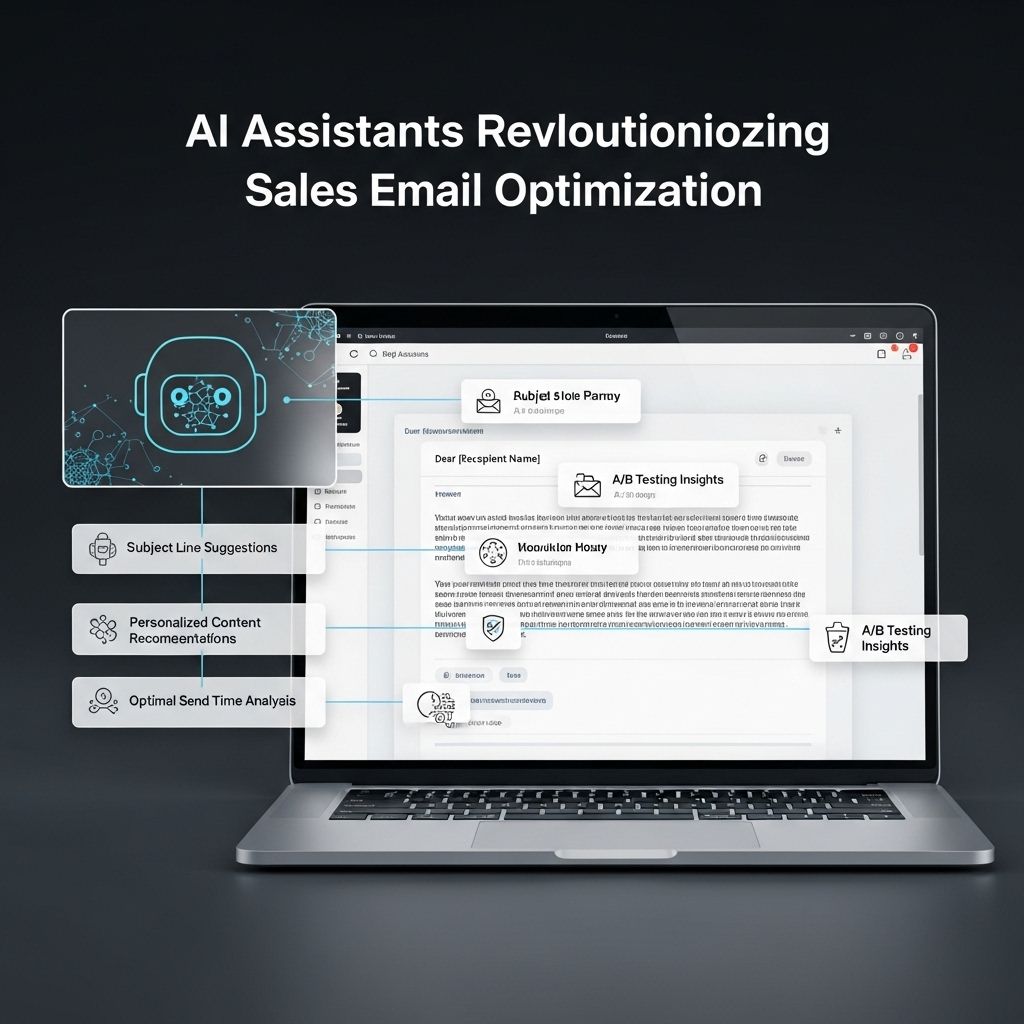Elevate Lending Decisions with AI Tools
Discover how AI tools can enhance lending decisions, streamline processes, and improve risk assessment for financial institutions.

In today’s fast-paced financial environment, lenders face countless challenges when it comes to making informed lending decisions. The integration of artificial intelligence (AI) tools into the lending process presents a significant opportunity to enhance the accuracy, speed, and efficiency of these decisions. By leveraging data analytics, machine learning, and automated systems, financial institutions can elevate their lending practices, which ultimately benefits both the lenders and borrowers alike.
Table of Contents
The Role of AI in Lending
AI technologies have revolutionized various industries, and the lending sector is no exception. The primary roles that AI plays in lending include:
- Data Analysis: AI can process vast amounts of data quickly, identifying patterns and trends that human analysts might miss.
- Risk Assessment: Machine learning algorithms can evaluate the creditworthiness of applicants more accurately than traditional methods.
- Fraud Detection: AI systems can detect unusual patterns that might indicate fraudulent activity, protecting lenders from potential losses.
Advantages of Using AI Tools
The advantages of integrating AI tools into lending decisions are manifold:
- Efficiency: AI reduces the time taken to process applications, allowing lenders to serve more clients.
- Accuracy: Enhanced risk assessment tools minimize the chances of default by identifying high-risk applicants effectively.
- Personalization: AI can tailor loan offerings to meet individual borrower needs, improving customer satisfaction.
- Cost Reduction: Automation of repetitive tasks can lead to significant cost savings for lending institutions.
How AI Improves Risk Assessment
Risk assessment is one of the most critical components of lending. Traditional methods often rely on limited data and simplistic criteria, which can lead to biased decisions. In contrast, AI provides a more nuanced approach:
Machine Learning Algorithms
Machine learning models can analyze historical data, including borrowers’ past behavior, credit scores, and other relevant factors. This allows lenders to predict future behavior with greater accuracy.
Alternative Data Sources
AI can incorporate alternative data—such as social media activity, online transaction history, and even utility payment records—into the risk assessment process. This can provide a more comprehensive view of a borrower’s creditworthiness, particularly for those with scant credit histories.
Real-Time Assessment
Unlike traditional credit scoring, which may rely on stale data, AI can provide real-time assessments that reflect the current financial behavior of borrowers. This continuous monitoring helps in making timely lending decisions.
Fraud Detection and Prevention
Fraudulent activities can pose severe risks for lending institutions. AI’s capacity for real-time monitoring and anomaly detection is crucial in identifying and mitigating these risks.
Behavioral Analysis
AI tools can analyze behavioral patterns in real-time, establishing baselines for expected borrower behavior. When deviations from this baseline occur, alerts can be generated for further investigation.
Pattern Recognition
Advanced algorithms can recognize common patterns associated with fraudulent transactions, allowing lenders to act swiftly to prevent losses.
Automated Alerts
By implementing automated alert systems, financial institutions can ensure that potential fraudulent activities are flagged immediately, enabling prompt intervention.
Enhancing Customer Experience
Providing a seamless customer experience is essential in the competitive lending landscape. AI tools can enhance this experience in several ways:
Chatbots and Virtual Assistants
AI-powered chatbots can assist borrowers with their inquiries 24/7, providing instant support and guidance throughout the loan application process.
Personalized Recommendations
By analyzing user data, AI can suggest tailored loan products that match individual financial situations and needs, helping borrowers make informed decisions.
Streamlined Application Processes
AI can automate various stages of the lending process, from application to underwriting, minimizing the time and effort required from borrowers.
Challenges in Implementing AI in Lending
Despite the numerous benefits, integrating AI into lending is not without its challenges:
Data Privacy Concerns
With AI systems relying heavily on data, ensuring compliance with data protection regulations is paramount. Lenders must navigate the complexities of data privacy laws.
Bias in Algorithms
AI algorithms can inadvertently perpetuate biases present in training data. It’s essential for institutions to regularly audit algorithms to mitigate these risks.
Technical Barriers
Implementing sophisticated AI systems requires significant investment in technology and skilled personnel, which can be a barrier for smaller lending institutions.
Future Trends in AI-Driven Lending
The future of lending is poised for exciting developments driven by AI:
Integration with Blockchain
The combination of AI and blockchain technology could create more secure and transparent lending processes, enhancing trust among borrowers and lenders.
Enhanced Predictive Analytics
As AI technology evolves, predictive analytics will become increasingly sophisticated, allowing for even more accurate assessments of borrower risk and behavior.
Greater Personalization
AI will facilitate hyper-personalized lending experiences, where products and services are tailored to the unique needs of every individual borrower.
Conclusion
The integration of AI tools into the lending process marks a transformative step towards improving decision-making accuracy, enhancing customer experience, and reducing risks associated with lending. As financial institutions continue to explore the potential of AI, it is essential to remain vigilant about the challenges and ethical considerations that accompany these technologies. Ultimately, the goal is to create a lending ecosystem that benefits all stakeholders and fosters responsible financial practices.
FAQ
What are AI tools in lending decisions?
AI tools in lending decisions refer to advanced technologies that analyze data to assess creditworthiness, predict borrower behavior, and streamline the loan approval process.
How can AI improve the lending process?
AI can improve the lending process by increasing efficiency, reducing human error, enabling faster decision-making, and providing more accurate risk assessments.
What data does AI analyze for lending decisions?
AI analyzes various data points including credit scores, income verification, transaction history, and alternative data sources like social media and utility payments.
Are AI tools in lending decisions safe and secure?
Yes, when implemented correctly, AI tools can enhance security by using advanced algorithms to detect fraud and ensure compliance with regulations.
Can AI tools help with regulatory compliance in lending?
Absolutely, AI tools can help lenders maintain compliance by automating reporting processes and ensuring adherence to lending regulations and guidelines.
What is the future of AI in the lending industry?
The future of AI in the lending industry looks promising, with ongoing advancements expected to further personalize lending experiences, enhance risk management, and improve customer service.








